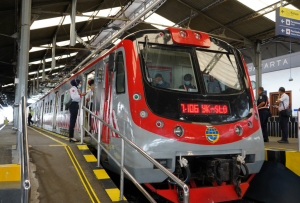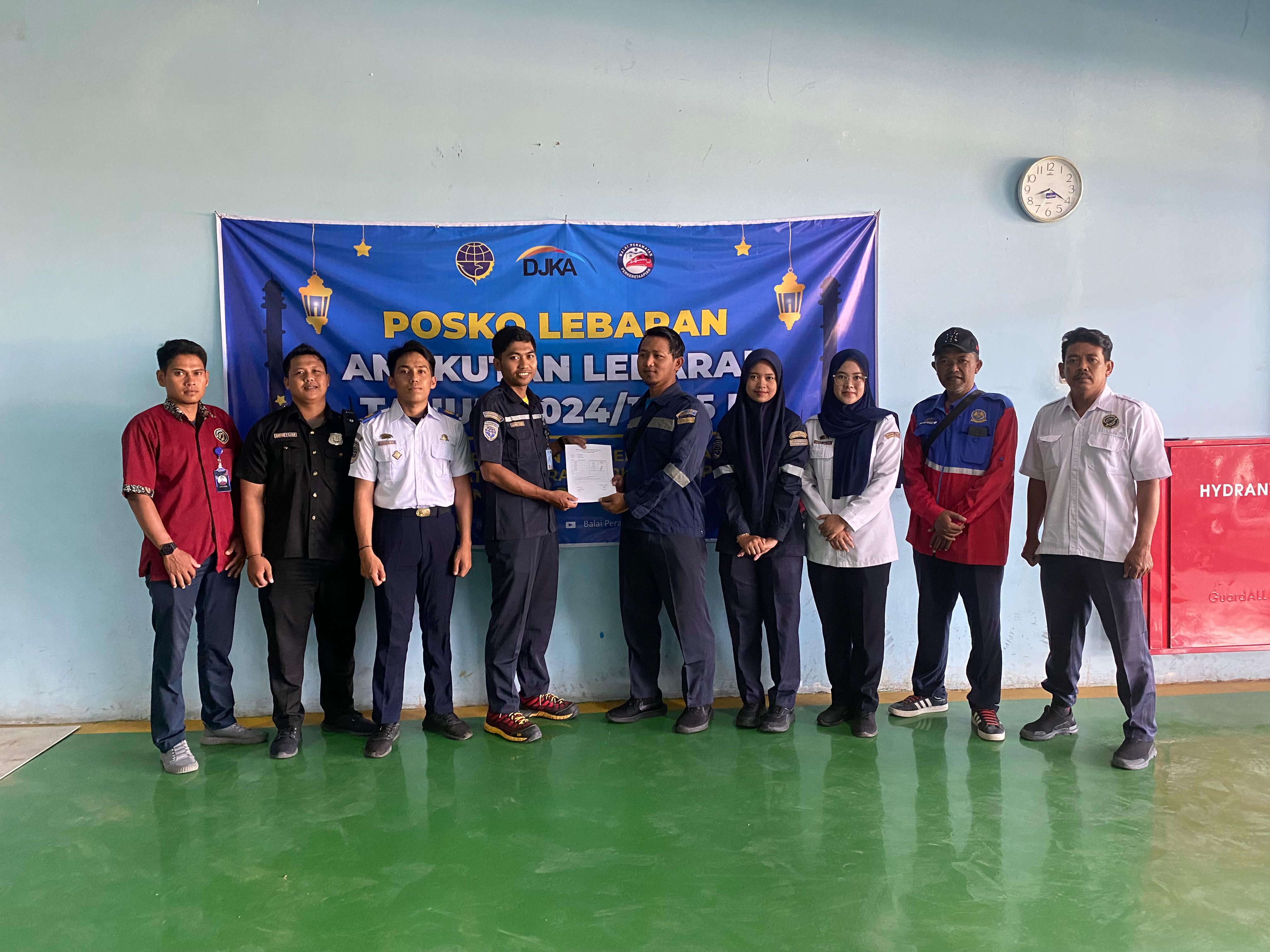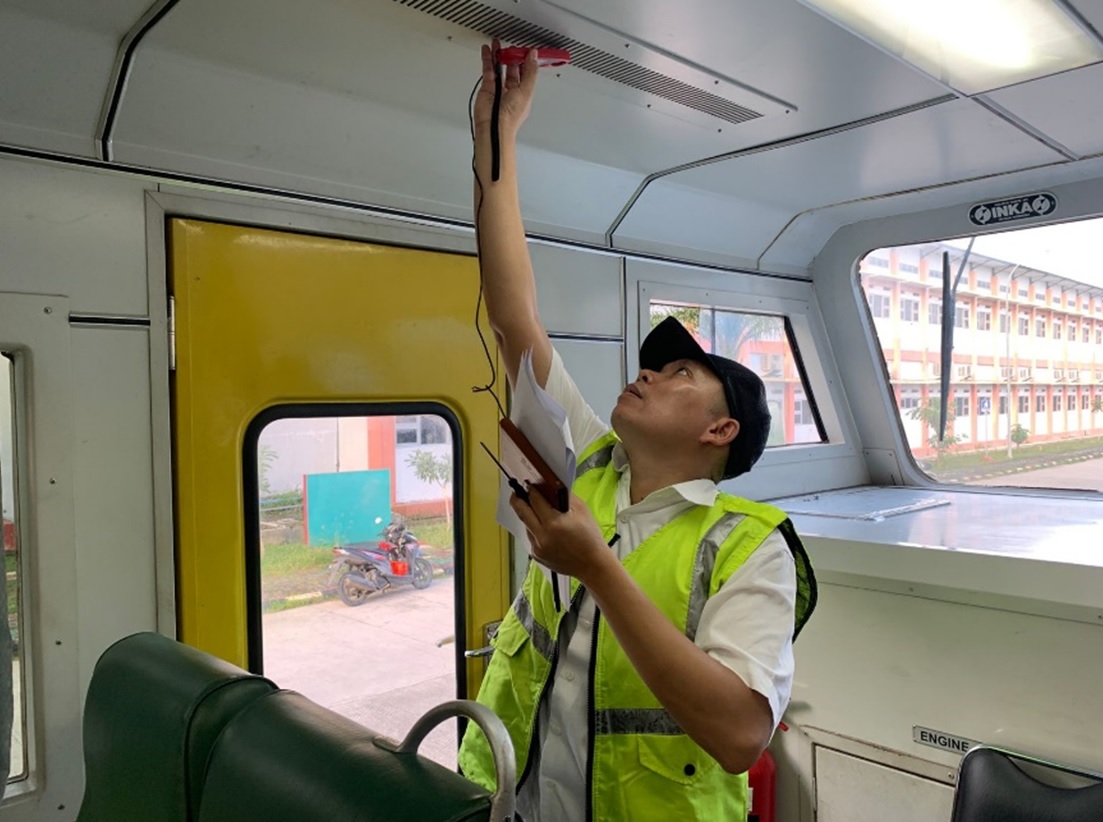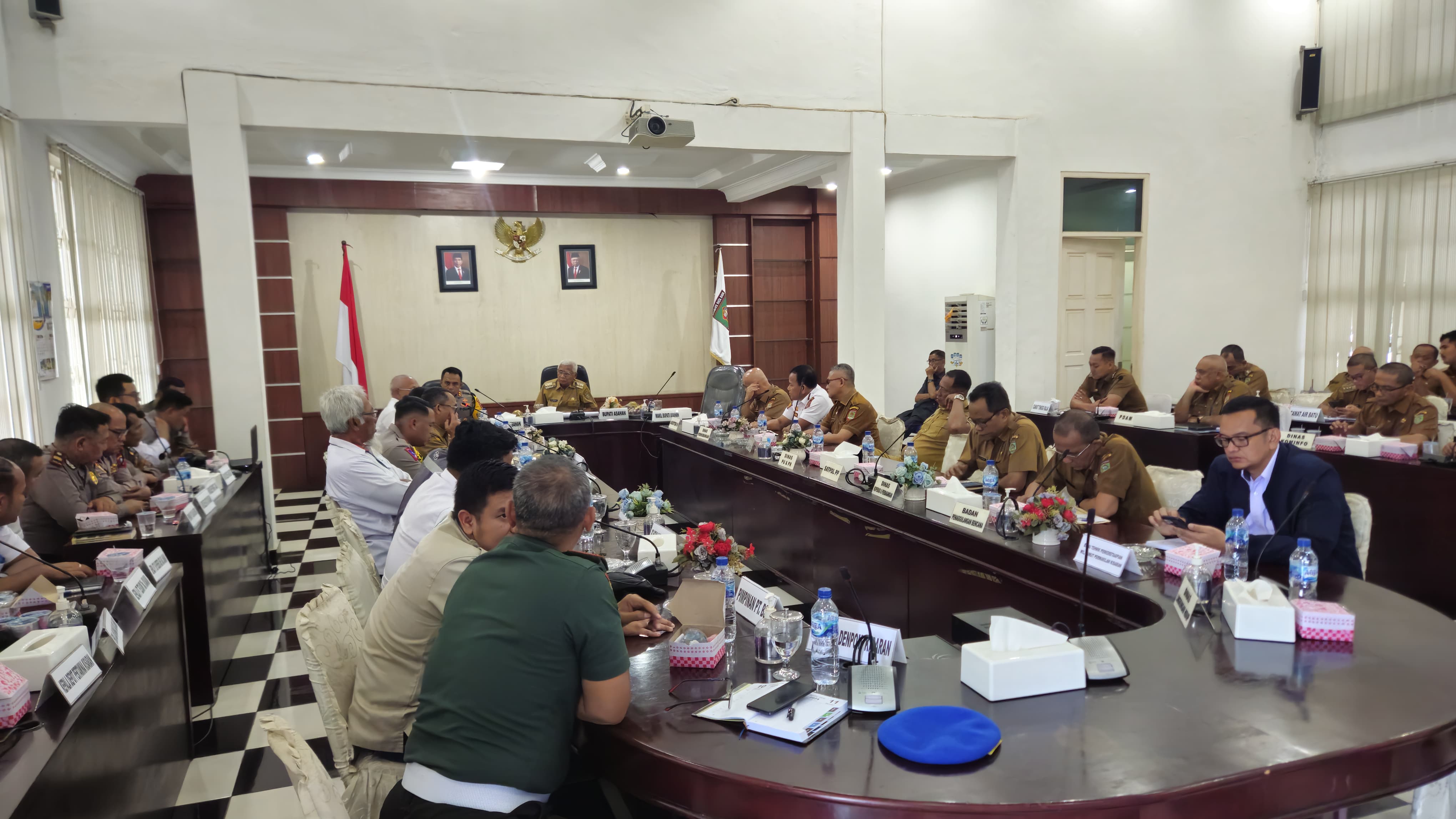LEARN MORE ABOUT THE YOGYA – SOLO KRL

For residents of Yogya-Solo and its surroundings, of course now they are more familiar with the Yogya-Solo KRL, which has been operating since February 10, 2021 in line with the implementation of GAPEKA in 2021. The first KRL operating outside the Jabodetabek area was built to replace the already loyal KRD Prameks. serving the residents of Yogya – Solo for 27 years. But, what is the real reason for the Ministry of Transportation to build the Yogya – Solo KRL?
As we can see together that the construction and development of rail transportation has been carried out in stages in Java, Sumatra and Sulawesi. Especially in Java, which continues to experience a significant increase in population every year, the need for rail-based mass transportation is a necessity.
One of them is the construction of the electrification of the Yogya – Solo Railway, which is one of the Priority Programs in the Government of President Joko Widodo. This development is also in line with the Ministry of Transportation's commitment to provide urban transportation services that prioritize connectivity, intermodal integration, and modernization in all aspects.
Especially for the Yogya – Solo route, the choice of the Electric Rail Train (KRL) is for the development of the railway line in the Yogya–Solo agglomeration area and its surroundings based on several factors, including:
1. A study that projects the occupancy of the Yogya – Solo train will increase significantly until 2035, with a range of passengers reaching 6 million people in 2021. If it is not anticipated, the Yogya – Solo route will be very congested and overloaded.
2. The tourism potential that is widespread in the Yogya-Solo-Semarang area and its surroundings, of course requires the support of mass transportation that is convenient, fast, on time, and at an affordable price.
3. The construction of the Electric Rail Train (KRL) on the Yogya-Solo route is relatively more efficient because of the ideal distance and already has a double track.
In addition to the above, the construction of the Electric Rail Train is one of the efforts of the Ministry of Transportation in order to provide environmentally friendly mass transportation, reduce pollution and congestion that has begun to hit the cities of Yogyakarta and Solo, as well as familiarize people with starting to travel by public transportation.
The construction of the 62 KM Yogya – Solo KRL has been started since 2019 and completed on time at the end of 2020. The development includes 3 aspects, namely:
First, the construction of the KRL electrification network system. This development includes an electricity network on double rails, the construction of electric substations as a generator to supply electric power for KRL, as well as the procurement of railway facilities.
Second, the preparation of 11 KRL stopping stations which includes activating several stations that are not used by the Prameks route. The 11 stations are Yogyakarta Station, Lempuyangan Station, Maguwo Station, Brambanan Station, Srowot Station, Klaten Station, Ceper Station, Delanggu Station, Gawok Station, Purwosari Station, and end at Solo Balapan Station. So for people who will take the KRL can go directly to the station by paying attention to the operating hours. In a day, there are 20 KRL trips from Yogya – Solo and vice versa.
The addition of stations for KRL operations is also an effort by the Ministry of Transportation to accommodate requests from people who complain that Prameks stations are far away for those who will travel. So, people have no choice but to use private vehicles. The addition of this station in the future will also be followed by the development of advanced intermodal integration services such as urban transportation, etc.
Third, the construction of supporting facilities such as entrance gates, e-ticketing, and so on. Through this e-ticketing, prospective passengers can make payments with Multi Trip Cards (KMT), Commuterpay, bank electronic money and through applications that provide barcode scanning facilities.










Komentar
LOGIN FOR COMMENT Sign in with Google